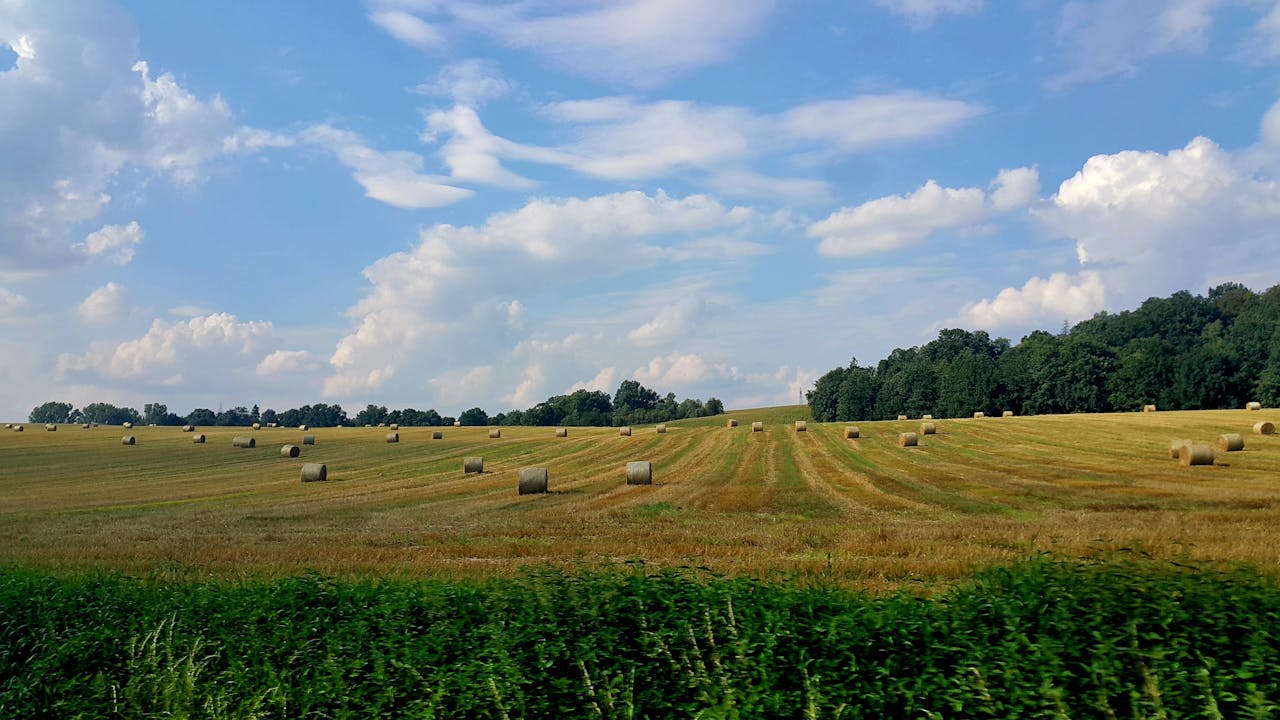Long before porches glowed orange, the first lantern faces flickered inside knobby turnips. In Ireland and Scotland, families carved grim little guardians for Samhain, the hinge between harvest and winter. The habit spread by fireside story, work song, and thrift. What this really reflects is a practice born from nearby fields and practical minds, not spectacle. A small root, a dull knife, and a candle could push back the dark while honoring memory, luck, and the thin veil of the season.
Folklore Rooted in Stingy Jack

An old Irish tale tells of a trickster cursed to wander with a coal in a carved turnip. Households answered with watchful faces at the door, part warning and part guide for restless spirits. Turnip flesh is wiry and pale, so shallow cuts look uncanny when lit from within. The result feels older than a party prop. It is a humble charm, carved in a warm kitchen, asking trouble to keep walking and kin to find their way home.
Turnips Were the Local Crop

Turnips, swedes, and big fodder beets thrive in cool, damp ground and stack well for winter. After harvest, bins were full and meals were planned around them, which made the choice simple. When a lantern was needed, the material sat within reach, not at a distant market. Using what was on hand kept cost low and ritual honest. A family could spare a root without risking supper, shaping protection from the same field that kept them fed.
A Tough Shell That Travels

A turnip is dense and holds its shape when hollowed carefully. That matters on windy lanes and wet hillsides where a soft rind would tear or split. Children could parade small lanterns from cottage to crossroads without showering seeds or collapsing the face. A tallow stub or ember nestled inside and threw a tight cone of light that danced across hedges. The point was not size. It was a steady glow that survived a walk in rough weather.
Frugality and Everyday Tools

Rural homes worked with pocket knives and kitchen blades, not special saws. A stubborn root fit those tools and those budgets. The craft took time rather than money, which suited households that mended and saved. Scraps went to stockpots or animals, so nothing was wasted. The making itself became part of the evening, a few careful cuts by the fire and a wick found in a drawer. The glow felt earned, shaped by patience instead of spending.
Faces That Guard the Threshold

These lanterns did more than entertain. They marked a boundary. A fierce grin on a sill told mischief to pass by and invited good fortune to stay. Across Europe, people relied on simple wards at doors and windows. The turnip face joined that long line of everyday protections. Once lit, crude features turned alive, the light moving like breath. Neighbors understood the signal without a word. This doorway is claimed, and the night will meet resistance here.
Parades, Songs, and Community Signal

Lantern walks stitched villages together, house by house, with song and shared attention. Turnips were easy to carry, easy to replace, and simple to standardize for a crowd of children. Moving points of light announced the season’s turn, showed who kept watch, and taught bravery in small steps. Spare candles waited in tins to relight weak flames. The procession mattered as much as the carving, making courage a group habit instead of a private posture.
Harvest Symbol and Season Marker

A carved turnip tied the new dark to the just finished harvest. The field that filled the larder also supplied a guardian for the door. Families measured time by planting and storage, not by store displays, so the lantern felt perfectly placed. The scent of singed root and tallow said autumn more plainly than any bought decoration. With the first hard frost near, that modest flame declared readiness and placed the home inside a circle of care.


